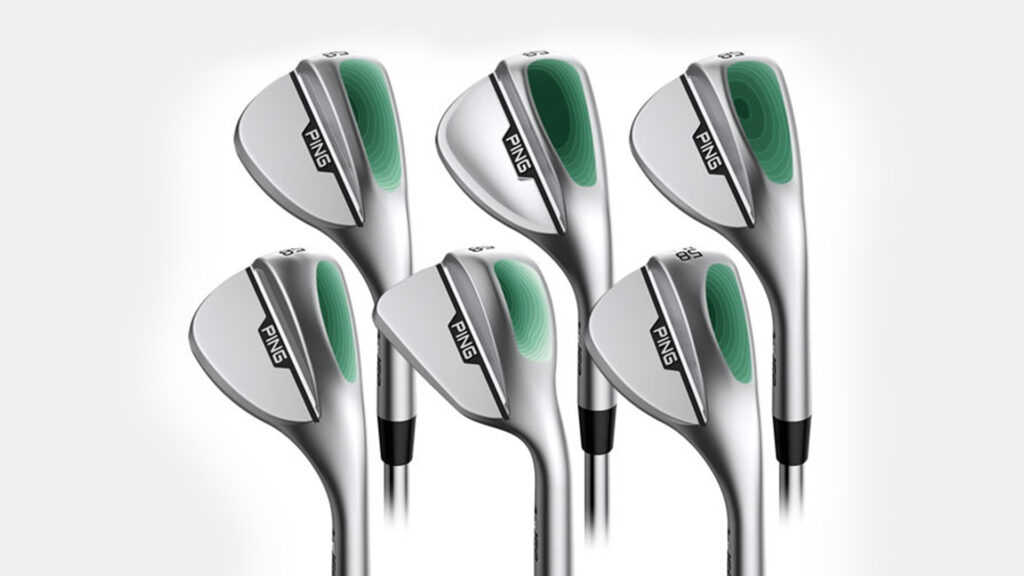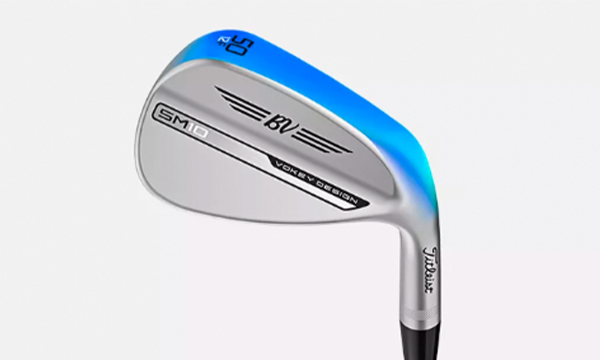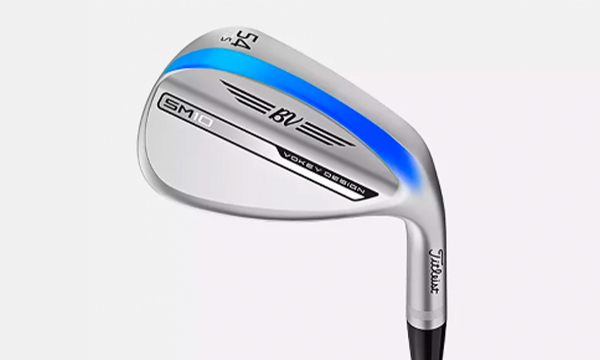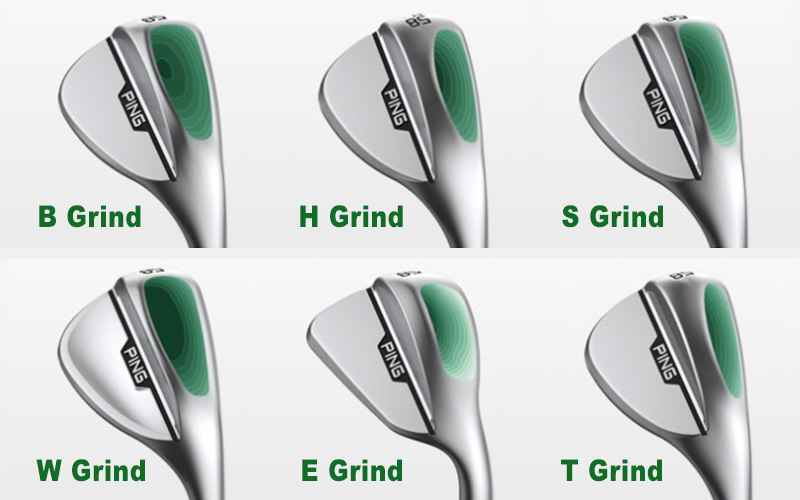Wedge Grind Explained: The Secret to a Better Short Game

If you want to improve your short game, you need to understand wedge grind. This often overlooked part of golf club design can make a big difference on the shots you hit around the green. In this post we’ll go deep into wedge grinds. What are they, why do they matter and how do you choose the right grind for your wedge play. Knowing grinds will help you decide on the best wedges for you.
What is Wedge Grind?
Wedge grind is the shaping of the sole of a golf wedge. It’s the removal of material (grinding) from specific areas of the club to change how it interacts with the turf. By changing the grind club designers can create wedges that work better in different conditions and for different shots. The grind affects the wedge bounce, which is the angle between the leading edge and the lowest point of the sole.
Grinds
Grinds remove or ‘relieve’ different parts of the wedge sole to change how they interact with the ground. Most wedges have a combination of each of these grinds. Even the full sole grind has a slight rounding of the edges.
Full Sole / No Grind

A full sole wedge is exactly what it sounds like – unground and untouched. These wedges are most forgiving and are for players who tend to hit behind the ball. They work in softer conditions but can be hard to open up for those fancy flop shots.
Trailing Edge Grind

Trailing edge grinds remove material from the back of the sole, creating low bounce on open faced shots. This grind is a jack of all trades, good for all conditions and shot types. It’s for players who like to get creative around the greens but still want some forgiveness on full shots.
Heel Grind
Heel grinds remove material from the heel area, allowing the leading edge to sit closer to the ground on open faced shots. This is for players who like to manipulate the clubface, especially for those delicate wedge shots around the green. It’s good for firm conditions and tight lies but less forgiving for higher handicappers.
Toe Grind
A toe grind removes material from the toe area of the sole, which can help prevent the club from digging on tight lies or firm turf. It’s good for players who tend to hit the ball thin or who play on firmer courses. This grind is versatile for different shot types and has some forgiveness so it’s a good choice for mid to low handicappers.
Why Wedge Grind Matters
The wedge grind is crucial for short game performance. Here’s why:
- Versatility: Different grinds allow you to open or close the clubface more easily giving you more options around the green.
- Turf Interaction: The right grind helps your wedge glide through different types of turf and sand more efficiently reducing the chance of fat or thin shots.
- Bounce Optimization: Grind affects the effective bounce of the club which is key for proper turf interaction in different lies and course conditions.
- Confidence: When you have a wedge with the right grind for your swing and playing conditions it can give you more confidence in your short game.
What Wedge Grind is Right for You
Choosing the right wedge grind is a big decision that can impact your short game. Here are some things to consider:
- Swing Type: If you have a steeper angle of attack you may need more bounce. If you have a shallower approach you may prefer less bounce.
- Course Conditions: Think about the typical turf conditions you play on. Softer turf conditions require more bounce, firmer conditions require less.
- Versatility Needs: If you like to open the clubface for different shots look for grinds that have more heel and toe relief.
- Skill Level: Less experienced players will benefit from more forgiving grinds with wider soles. Advanced players can use more specialized grinds for greater versatility and control.
- Sand Conditions: If you play courses with soft, fluffy sand a wider sole grind like the Vokey K Grind will be beneficial.
How Wedge Grind Affects Different Shots
Knowing how wedge grind affects different short game shots can help you make better decisions on the course:
- Pitch Shots: A versatile grind like the S Grind or M Grind can help you control trajectory and spin on pitch shots from different lies.
- Chip Shots: A grind with some heel relief allows you to open the face slightly for higher, softer chip shots when needed.
- Bunker Shots: Grinds with more bounce like the K Grind can prevent the club from digging too much in sand.
- Flop Shots: Grinds with lots of heel and toe relief like the C Grind or M Grind make it easier to open the face for high lofted flop shots.
- Full Shots: For full swing wedge shots a more traditional grind like the full sole or D Grind can provide stability and consistency.
Wedge Grinds
There is no standard for naming wedge grinds which can be confusing. Some manufacturers use their own naming for their wedge grinds. No matter the name, most manufacturers have the same bases covered. Let’s explore them in detail.
Titleist Vokey SM10 Wedge Grinds
Titleist vokey wedges are some of the top wedges available. Inspired by legendary wedge craftsman Bob Vokey.

- T Grind – Narrow sole with maximum toe, heel and trailing edge relief. Most versatile and control.
- F Grind – All purpose grind for full square face shots. This is the only grind available for the Vokey pitching wedge and gap wedge.
- M Grind – Multi-purpose grind for versatility.
- S Grind – Trailing edge relief and narrow sole for firm conditions.
- D Grind – High forgiveness grind. Toe, heel and trailing edge relief and high bounce for players with a steeper angle of attack.
- K Grind – Sand wedge grind for bunker shots around the green.
Ping s159 Wedge Grinds

- B Grind – Wide sole width with low bounce angle. For sweeper swing type.
- H Grind – Versatile grind for players with a steep angle of attack. Suited to soft conditions.
- S Grind – Mid wedge bounce option suited to variety of golfers. Toe, heel and trailing edge relief.
- W Grind – Wide sole for forgiveness. Suited to steep swing type.
- E Grind – Ideal for wedge shots from the bunker.
- T Grind – Ultimate versatility for precision shot-making.
Callaway Opus Wedge Grinds

- T Grind – A low bounce option for advanced players seeking precise shot making.
- C Grind – Versatile club grind with trailing edge, heel and toe relief.
- Z Grind – Leading and trailing edge relief. Great for golfers who like to open the face.
- S Grind – Suits a variety of swing types and conditions. Available in 7 different lofts from 48 to 60 degrees.
- W Grind – Most forgiving sole with high wedge bounce angle of 12 degrees.
Custom Fitting for Wedge Grind
For optimal performance get custom fitted for your wedges. A professional club fitter can analyze your swing, playing conditions and shot preferences to recommend the right grind for you. Many golf equipment manufacturers offer fitting services or work with certified fitters to help you find your perfect wedge setup.
Conclusion: Get More Out of Your Short Game with the Right Wedge Grind
Wedge grind may seem like a small thing but it can make a big difference in your short game. By understanding the different grinds and how they affect different shots you can make better decisions about your equipment. Whether you’re a beginner looking for forgiveness or an advanced player looking for versatility there’s a wedge grind out there for you.
It’s not just about the equipment, practice and technique matter too. Try out different grinds, see how they work in different situations and don’t be afraid to get some professional advice. With the right wedge combination in your bag and a good understanding of how to use them you’ll be scoring lower and enjoying more green time.
